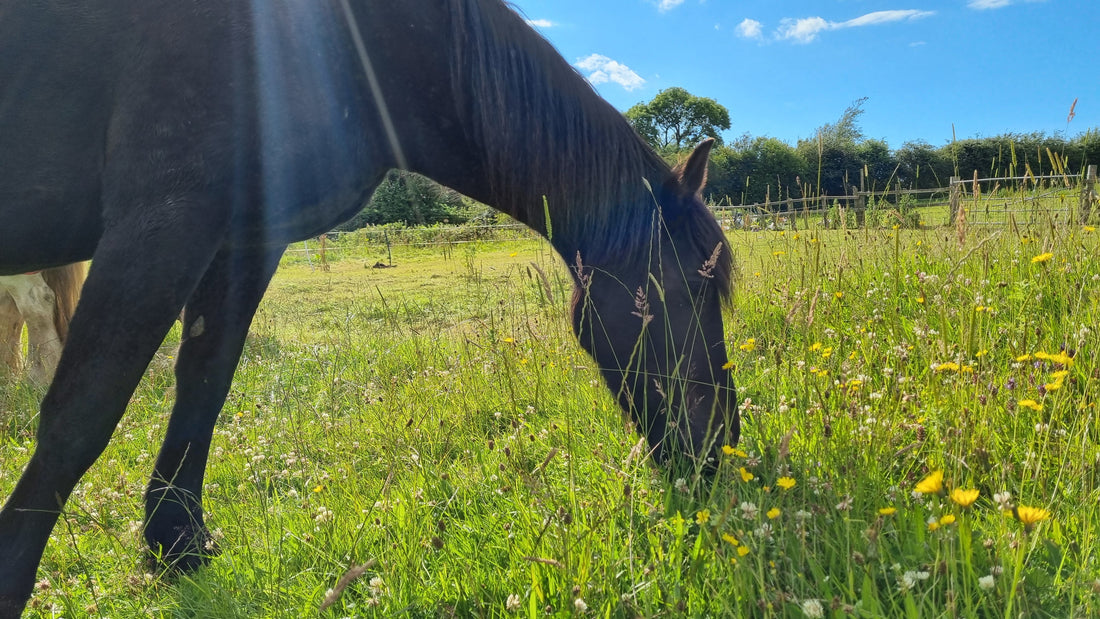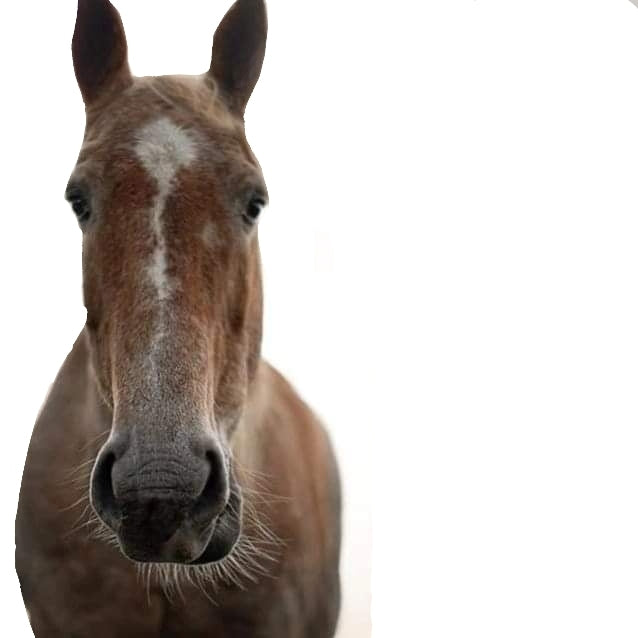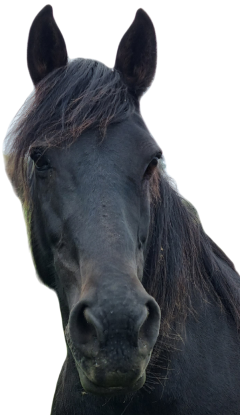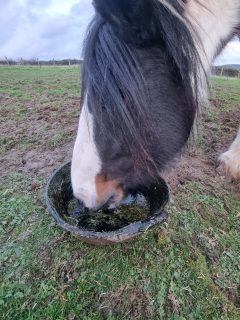
The Sweet Truth About Sugar and Starch
Sugar and Starch - what's the sweet truth?
The magic figures of 10% and 12% are widely recommended as the threshold for sugar and starch both for horses with laminitis and those at risk of laminitis: so, horses with EMS/PPID or laminitis history. Fair enough, or is it?
Firstly, we have to ask - where did these lovely round numbers come from?
As a scientist, I've tried and tried to find the source, and I can't. Nevertheless, it does seem to be a vaguely sensible threshold for an active laminitic, etc. But we need to dive deeper.
It is absolutely fair to say that I would suggest 15 - 20% absolute maximum sugar and starch content (depending on a few factors) is a sensible threshold for ALL horses: not just metabolic ones.
The sugar content of a species appropriate diet of hay, grasses and other plants is around 15% ish. With grass, for example, ranging from as low as 5% when it's old and stalky, to 25% for a midsummer ryegrass (which is great for cows, but definitely NOT for horses!!). Berries and fruits between 4 - 20%. Hay between 8 - 20%, depending on species, season, weather, first/second cut etc etc... natural products will have natural variation... and this in itself, is healthy and species appropriate!
The source of the sugar and starch is also important. Because horses are designed to digest their food by fermentation in their hindgut, the form of sugar and starch is equally as important as the percentage too.
Small particles breakdown quicker and yield the sugars faster - so material ground down into powder then pressed into pellets would break down more rapidly than, say, chaff, where the sugars and starch are locked in the fibre so they are digested and released more slowly: thus preventing spikes in sugar and starch levels which can be problematic.
The fermentation process a horse uses for digestion is carried out by billions of microbial bugs in the horse's hindgut, and their population changes depending on what your horse eats. Certain bugs like certain feeds, and different types will multiply or die off, depending on what goes into your horse.
These bugs influence your horse's health in many different ways, including modulating the immune system and even influencing behaviour. The more diverse the diet, the more diverse the gut bacteria, which is beneficial to health and long stem fibres are also important to encourage diversity.
Sugar and starch are normally digested in the foregut, with a little digestion in the stomach, and majority in the small intestines. But their capacity to digest starch is limited by several factors, including the very small amounts of amylase produced by a horse, which means that if we overfeed starch, undigested starch may reach the hindgut. We know through scientific research that this causes a cascade of problems, including colic and laminitis. This is due to lactic acid producing bacteria rapidly fermenting the starch, which lowers the pH in the hindgut, rendering it inhabitable for the myriad microbes that can't survive in this excessively acidic environment. These microbes die off, releasing toxins into the bloodstream. So excess starch is very bad news indeed.
What IS excess starch? Again, through research, we have a lot of information on this topic via many scientific studies. The agreed threshold according to research is 1g of starch per 1kg of bodyweight, per meal. So for a 500kg horse that's 500g of starch per meal!!
Working backwards considering the 10% rule, starch being max 500g, the whole meal would have be 5kg, or, around 50% of their daily appetite.... So I think it's fair to say that anyone feeding a species appropriate diet is going to be nowhere near close to breaching that threshold!
Later studies have found that even 0.5g per bodyweight also significantly alters the microbiome, so perhaps the real, safe threshold is actually lower, somewhere below 0.5g, but more research is needed.
The laboratory tests for sugar and starch don't always seem to reflect what happens in the complex gut systems of fermentation either. A study looked at ground soya hulls and the standard lab analysis found a low sugar content of <2%. However in an experiment where they tried to better replicate a microbial digestion process, by fermenting in microbial fluid at the relevant temperature, this method found that it yielded nearer to 50% sugar! It's an old study (1999 van Laar) and hasn't been repeated AFAIK but it might explain why some of these ground up byproduct pellets are so problematic. They are broken down quickly to release hidden sugars, maybe? (An article i wrote on soya hulls here:
https://www.facebook.com/share/p/19Dd2hNydc/ )
TLDR: There is the sugar content of Coca-Cola 9%, and there's the sugar of grapes 16%



